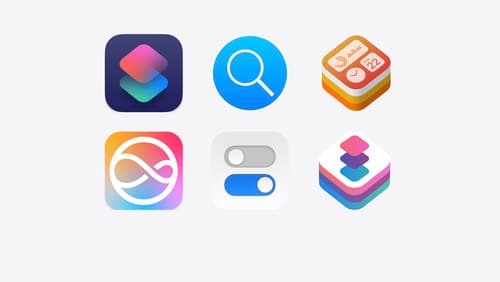When should I Condor to Sendable?
Asked on 2024-09-06
1 search
In the context of migrating your app to Swift 6, you should consider marking a type as Sendable when you need to share values between concurrency domains, such as actors. Swift requires you to explicitly add Sendable conformances on public types because it doesn't infer sendability for public types automatically. This is to ensure that you are making a conscious decision to guarantee that the type contains no mutable state that could lead to data races.
For example, if you have a public type that you want to send between actors, you should mark it as Sendable to eliminate warnings and ensure data-race safety. This is particularly important when dealing with public types, as Swift does not automatically consider them sendable due to the potential for future changes that might introduce mutable state.
For more details, you can refer to the session Migrate your app to Swift 6 (32:27).

What’s new in App Intents
Learn about improvements and all-new features with App Intents, and discover how this framework can help you expose your app’s functionality to Siri, Spotlight, Shortcuts, and more. We’ll show you how to make your entities more meaningful to the platform with the Transferable API, File Representations, new IntentFile APIs, and Spotlight Indexing, opening up powerful functionality in Siri and the Shortcuts app. Empower your intents to take people deep into your app with URL Representable Entities. Explore new techniques to model your entities and intents with new APIs for error handling and union values.

Consume noncopyable types in Swift
Get started with noncopyable types in Swift. Discover what copying means in Swift, when you might want to use a noncopyable type, and how value ownership lets you state your intentions clearly.

A Swift Tour: Explore Swift’s features and design
Learn the essential features and design philosophy of the Swift programming language. We’ll explore how to model data, handle errors, use protocols, write concurrent code, and more while building up a Swift package that has a library, an HTTP server, and a command line client. Whether you’re just beginning your Swift journey or have been with us from the start, this talk will help you get the most out of the language.
